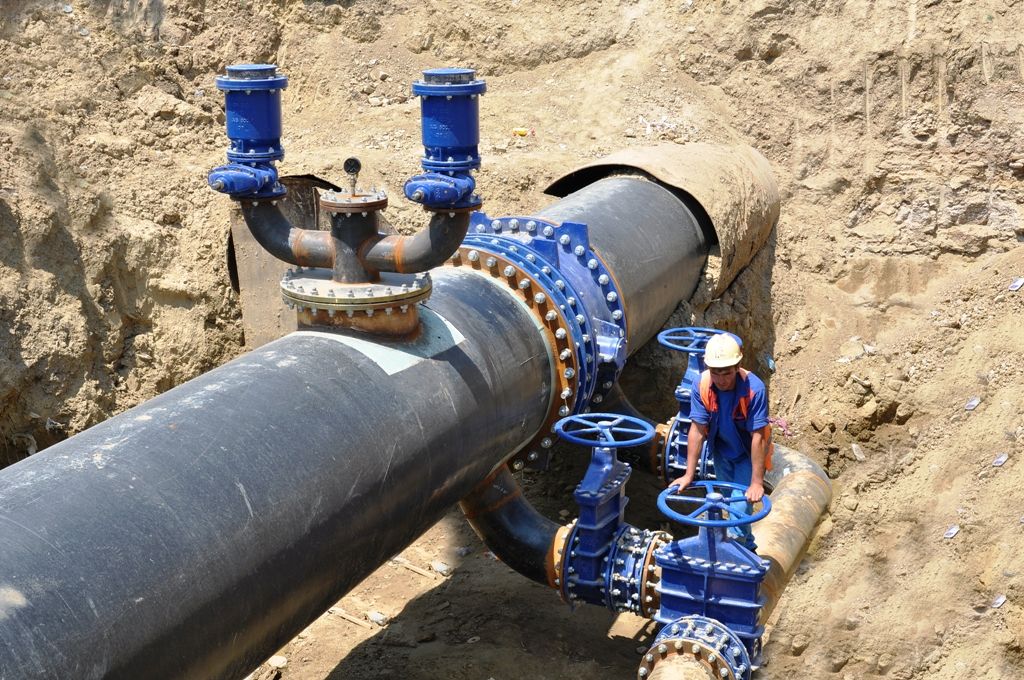Introduction
Water transmission pipeline projects form the backbone of sustainable water distribution for communities, agriculture, and industry across the world. As urban populations expand and climates become more unpredictable, the efficient transfer of water over long distances has become critical. The global water pipeline and wastewater pipe market is expanding rapidly, forecasted to reach $37.1 billion by 2028 (BCC Research, 2024).
In this article, we’ll explore the importance, key components, recent technologies, project challenges, and notable examples of water transmission pipeline projects worldwide.
What Are Water Transmission Pipelines?
Water transmission pipelines are large-diameter pipes designed to transport water from sources such as rivers, reservoirs, or treatment plants to cities, industries, or farmlands. Unlike distribution pipes, which deliver water within a city, transmission pipelines cover longer distances and typically handle higher capacities and pressures.
Key Components of Water Transmission Pipeline Projects
- Pipeline Materials
- Steel: Durable, commonly used for high-pressure applications.
- Ductile Iron: Offers flexibility and corrosion resistance.
- PVC & HDPE: Popular for smaller pipelines due to cost-effectiveness and ease of installation.
- Concrete: Preferred for large-diameter, gravity-fed lines.
- Pump Stations
- Essential for pushing water over uneven terrain and long distances, especially where gravity alone is insufficient.
- Valve Chambers and Inspection Points
- Allow for maintenance, leak detection, and operational adjustments.
- Water Treatment Facilities
- Often integrated to ensure water quality standards during transmission.
Latest Technologies and Trends
- Smart Monitoring Systems & IoT: Digital sensors and IoT technologies enable real-time leak detection, pressure monitoring, and predictive maintenance, reducing water loss and operational costs.
- Trenchless Construction: Methods like Horizontal Directional Drilling (HDD) are less invasive, reduce environmental impact, and minimize disruptions during pipeline installation.
- Materials Innovation: The use of advanced coatings, liners, and composite materials is increasing pipeline lifespan and reducing maintenance needs.
- Sustainable Design: Integration of solar-powered pump stations and systems designed to minimize energy consumption.
Challenges in Water Transmission Projects
- Aging Infrastructure: Many countries, especially in the West, face high rates of pipeline leaks and bursts due to old assets. According to the AWWA, PVC pipes show the lowest overall break rate among common materials .
- High Capital Investment: Large-scale pipeline projects require significant funding, planning, and often cross-jurisdictional coordination.
- Environmental & Regulatory Concerns: Route selection must consider ecological sensitivity, land rights, and water conservation laws.
- Water Loss: Non-revenue water due to leaks, theft, and inefficiencies can be as high as 30-50% in some developing nations.
Case Studies and Notable Projects
California Water Project, USA
One of the largest public water and power utilities globally, this network includes over 700 miles of pipelines, numerous pump stations, and delivers water to over 27 million people.
South-to-North Water Diversion Project, China
Arguably the world’s biggest water transmission initiative, transferring billions of cubic meters annually across thousands of kilometers to supply the arid north.
Middle East Mega-Pipelines
Countries like Saudi Arabia and the UAE have invested in long-distance water transmission to support urban growth and agriculture, often using desalinated seawater.



One Response
Hi, this is a comment.
To get started with moderating, editing, and deleting comments, please visit the Comments screen in the dashboard.
Commenter avatars come from Gravatar.